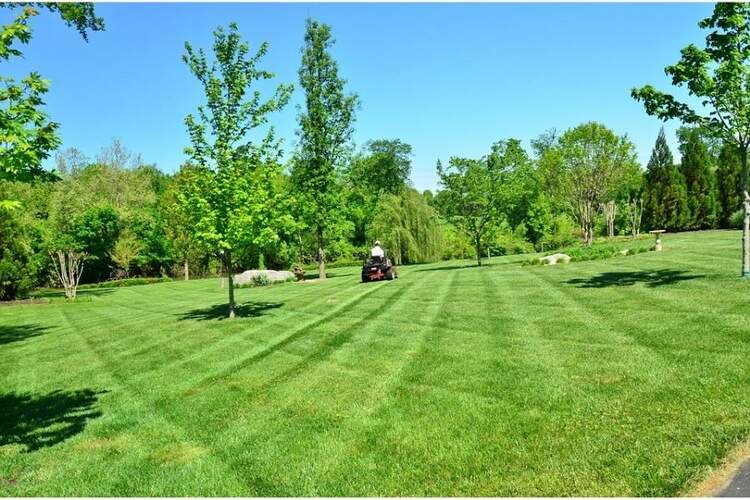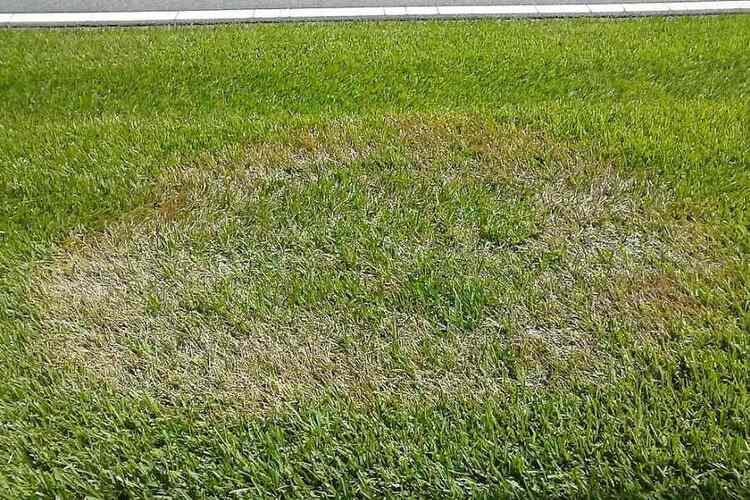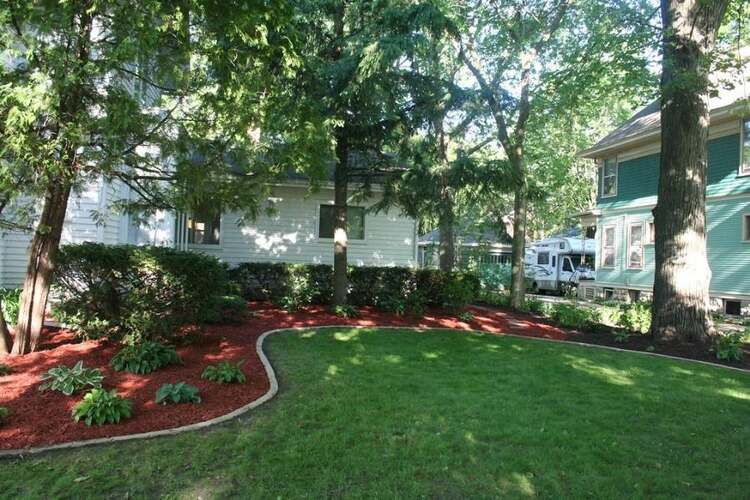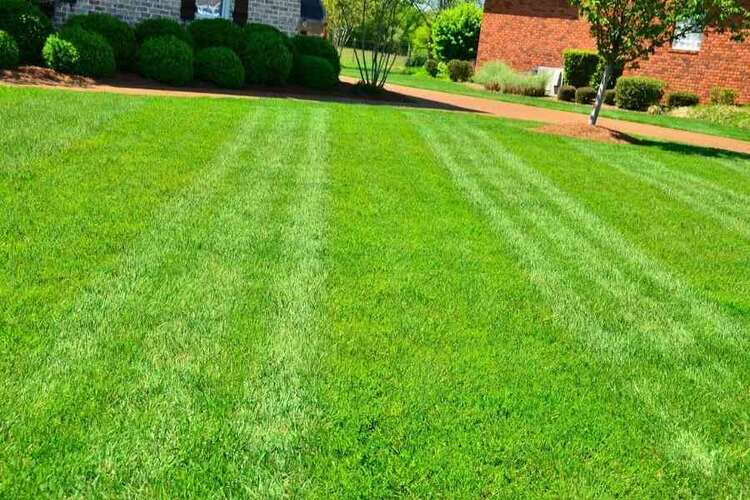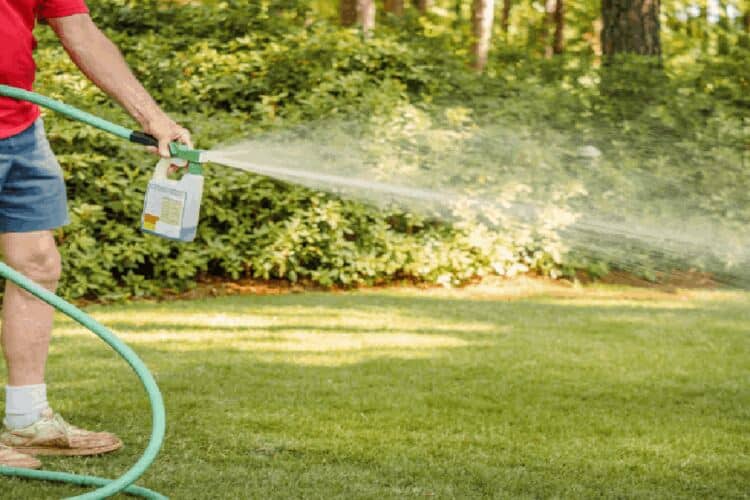When to Fertilize Bermuda Grass: Secrets Of A Vibrant Yard
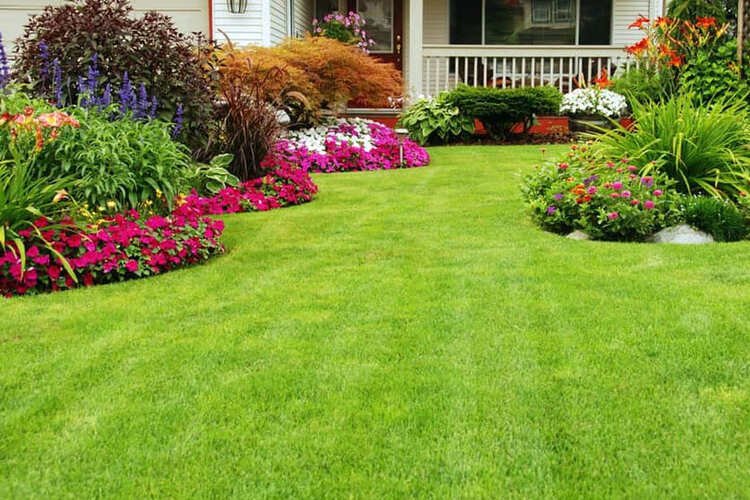
Bermuda grass lawn is ideal for filling the large squares of the garden due to its fast-growing aspect. So, fertilizing Bermuda grass is a necessary stage in the grassland care routine to keep your meadow full and green. Still, even with the guidelines on a bag of Bermuda grass fertilizer, you might find it difficult to determine when to fertilize new Bermuda grass. Do not worry! Follow our post to get to know the best stage for enriching your new meadow!
When To Fertilize New Bermuda Grass
The perfect seasons to fertilize Bermuda grass are Late spring (March to April) and early summer (June to July) due to the warm temperatures. At this moment, Bermuda grass starts to grow when the soil temperature stays around 60–65 degrees Fahrenheit.
If your lawn is at least 50 percent green, it is recommended to use slow-release fertilizer. A mixture of 20-5-10 (nitrogen, phosphate, and potassium) is a good combination for a healthy green.
For every 1,000 square feet of Bermuda grass lawn, you should apply 1.5 pounds of actual nitrogen. If your bag of fertilizer has 6 pounds of nitrogen, it will cover 4,000 square feet. Adjust the amount of fertilizer based on the size of your yard.
In the fall, Bermuda grass begins to slow down its growth in preparation for the winter months. Thus, it is important to provide the third round of nutrients for your lawn between August and September. For fall fertilizer formulation, adding potassium will help the Bermuda grass prevent disease and maintain enough strength to overcome the winter.
How To Make Bermuda Grass Lawns Grow Faster?
Plant Lawn At The Right Time By Bermuda Grass Seed
Selecting a suitable time for planting plays a key role in creating a fuller and healthier lawn. The best time for Bermuda grass to grow and thrive is in late spring. Using Bermuda grass seed to fill in your garden also increases the thickness of your turf.
Supply Adequate Water
New turf needs a lot of water to maintain and increase root establishment. For this reason, watering deeply two times a week with a total of 2.3 inches of water is the best amount for a fuller and nicer-looking yard. Also, watering in the morning limits water evaporation situations that will burn your plants.
You should use the garden hose to access your lawn if you have small or midsize yards.
Mow The Lawn Regularly
By cutting the grass twice per week at a height of approximately 0.8 inches, you will boost your lawn’s spread laterally, resulting in a fuller pasture. Compared with Fescue and other turfgrasses, Bermuda grass requires more frequent mowing to maintain its healthy appearance.
On the other hand, do not mow the young turf when the length is less than 2 inches. At this time, the roots continue to anchor into the ground, and cutting may lead to long-term damage. If bugs have been bothering your lawn, pest control that kills bugs might be a good idea.
Apply Nitrogen Fertilizer In Moderation
Bermuda pasture uses nutrients from the soil and transfers them into energy to keep growing. It is essential to increase the level of vitamins in the soil by using nitrogen fertilizer, encouraging your turfgrass to spread out faster.
Applying nitrogen every 6 to 8 weeks can help maintain the quality of your field throughout the season. Yet, you could apply a second nitrogen enrichment application in the fall if your turf is still thin and has bare spots.
Adjust The Soil In The Yard
A good quality of soil is considered an important feature that results in thick lawns and rich growth. If your turf is developing slower than expected, the reason could be the soil’s pH level.
The Bermuda field typically spreads fastest when the pH level is between 5.8 and 7.0. Adjusting the pH level is a preferable method to improve the soil quality and avoid damage to the meadow’s growth.
When Should You Not Fertilize Your Field?
Fertilizing the field at the wrong time could harm the development of your lawn. In terms of seasons, you should avoid feeding your turf in early spring because this is the time when the grass focuses on developing its roots. If you fertilize too soon, this energy will be diverted into premature leaf development. Compared with Crabgrass, Bermuda grass is more tolerant of cold weather and can be fertilized earlier in the spring.
Besides, it is not recommended to fertilize in direct, hot sunlight since it can burn the pasture. You should avoid fertilizing your turf during heavy rainfall to prevent compost release into water systems. It could create water pollution and harm the surrounding habitat.
How Long Can Fertilizer Sit On The Lawn Before Watering?
Generally, liquid fertilizers can sit on the barley for about a day. However, it is recommended to water after 2 to 4 hours if you use liquid fertilizer. If it is granular, it is better to dampen it immediately.
Conclusion
Hopefully, you now know when to fertilize new Bermuda grass lawns and how to grow a healthy lawn. From our perspective, read the instructions carefully first and then select the appropriate application based on the type of turf you have.
It’s time for you to get to work and build an evergreen, thick terrace. Thank you for your reading, and we’ll see you in our next article!



